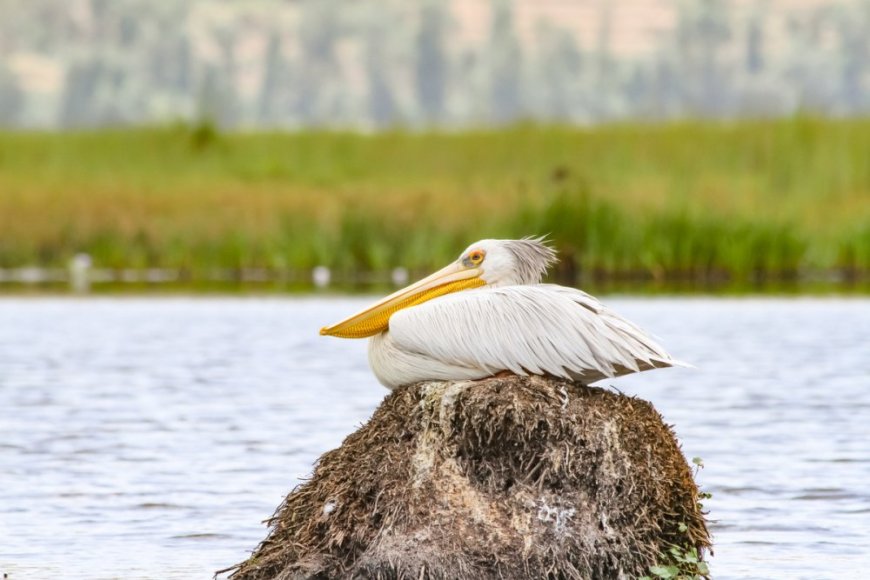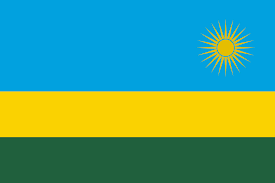
More than 400 new species have been found in Rugezi Marsh in Rwanda
In the Rugezi Wetland, environmental scientists from Rwanda and other East African nations have made a significant discovery: they have identified 638 species, 433 of which were previously unidentified in the region.
Rugezi Marsh is one of Rwanda's most important wetlands, spanning 6,736 hectares in the districts of Gicumbi and Burera. It is an essential source of water for the lakes of Burera and Ruhondo, which provide water to the hydroelectric power plants at Ntaruka and Mukungwa.
Rugezi Marsh joined the global network of wetlands safeguarded by the Ramsar Convention, which was signed in 1971 and put into effect in 1975, when it was named a Ramsar site in 2006.
Until the new research project began in 2023, the species that live in the marsh were not completely known, despite its ecological significance.
Two species have been discovered for the first time in Rwanda: Zehneria tridactyla, a climbing plant, and the Hydrilla Leafcutter Moth, a butterfly.
Researchers found 197 plant species in the marsh, including 109 that had never been found before. 28 of the 127 bird species they discovered are new to the area.
With 13 reptilian species (10 previously unknown), 14 amphibian species (eight recently discovered), and 82 newly described invertebrate species, the marsh is home to a diverse diversity of water life.
There were 53 species of animals identified, including 22 bat species. Additionally, three fish species—including a recently discovered species—were discovered. Additionally, 149 arthropod species—including 49 butterfly species—that had not been previously identified in the Rugezi Marsh were discovered by the study.
Lead researcher Laure Rurangwa, who specializes in bird species, highlighted the importance of this comprehensive biodiversity study.
She emphasized the need for continued research to better understand the genetic makeup of these species, which would support international conservation efforts, and noted that it is the first time such a thorough investigation has been conducted in Rugezi.
Rurangwa added that as genetic research advances, it may be possible to find creatures that science has never seen before.
The Rwanda Wildlife Conservation Association's (RWCA) Executive Director, Dr. Olivier Nsengimana, emphasized the significance of this study, especially for the preservation of cranes, a species of particular concern in Rwanda.
Nearly 25% of the nation's crane population, which increased from 487 in 2007 to 1,293 now as a result of ongoing conservation efforts, are found in the Rugezi Marsh.
The marsh is essential to Rwanda's environment and energy sectors, according to Faustin Munyazikwiye, Deputy Director General of the Rwanda Environment Management Authority (REMA).
He recalled the power outage in 2001–2002 that was brought on by a drop in water levels at the Ntaruka power station, which was ultimately linked to Rugezi Marsh drying out.
By 2010, restoration operations were successfully finished, and the marsh is now flourishing thanks to continued cooperation between local communities and authorities to preserve the region and give those who live nearby a stable source of income.




 Kinyarwanda
Kinyarwanda
 English
English



































